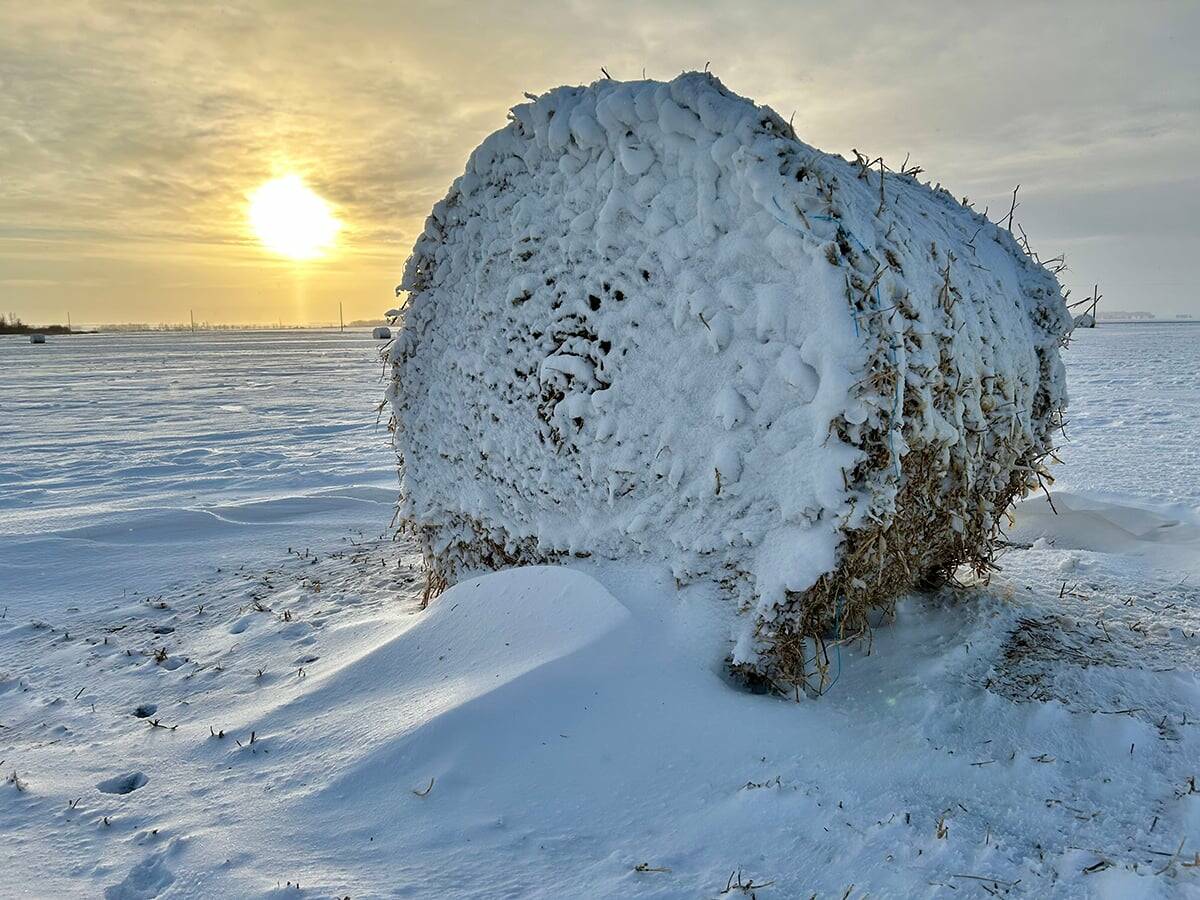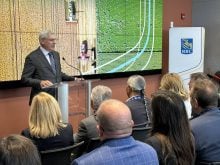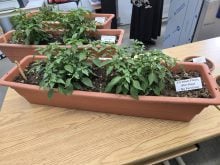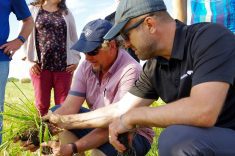A Manitoba researcher is studying how to use local waste materials to make flower beds more environmentally friendly.
How? By replacing peat — the fluffy, brown “dirt” in which petunias and marigolds are planted at the greenhouse.
“It’s extracted from sensitive ecosystems that sequester considerable amounts of carbon and store excess precipitation,” said researcher Poonam Singh in a Dec. 10 news release.
Singh, a faculty researcher at Assiniboine Community College, is partnering with Vanderveen’s Greenhouse and students to identify a peat substitute — to replace it partially or entirely — out of locally available materials.
Read Also

What is perfect Christmas weather?
What is ‘perfect’ Christmas weather on the Prairies? Here’s where you should head this holiday, according to historical weather data.
Singh recently received $25,000 in funding from the Natural Sciences and Engineering Research Council (NSERC) to kick off the project.
Mixtures will be tested at Vanderveen’s and, if successful, the Carman-based company will adopt the new medium to grow its crops.
Peat? Who’s he?
Peat is extracted from peatlands, wetlands that host mainly sphagnum mosses, sedges and shrubs, says the International Peatland Society’s website.
Through the process of peat accumulation, peatlands are “carbon-rich ecosystems that store and sequester more carbon than any other type of terrestrial ecosystem,” the website says.
Peat used in Manitoba greenhouses comes mostly from peatlands in Ontario, possibly Quebec, Singh told the Co-operator.

In Canada, peatlands cover nearly 114 million hectares (about 281 million acres). Of those, nearly 31,000 hectares (about 76,000 acres) have been or are being harvested, the Peat Moss Associations of Canada website says.
Every year, about 1.3 million tons of peat are extracted, and 87 per cent of that is exported to the United States.
Around the world, peat is the most common medium for growing ornamental crops like annual flowers and bedding plants, said Singh.
Most of it is used once and then thrown out.
Green (thumb) alternatives
In her work so far, Singh said a few materials have stood out as peat alternatives.
Vanderveen’s Greenhouse burns flax shives (woody waste from flax straw processing), which produces a lot of ash. The ash is high in phosphorus and other nutrients. It may not work as a stand-alone growing medium, Singh said, but it may work mixed with other materials.
Hemp fibre, of which Manitoba produces a lot, is another option along with cattails and wood fibres.
All of these are waste products or are available in excess like cattails.
Singh will determine which can provide the right physical and biological properties. For instance, will it allow enough air to plant roots, hold the right amount of water, and retain nutrients? She will also blend the new materials with peat at different ratios to see how it affects bedding plants’ performance.
“Even if we can reduce peat by five per cent, 10 per cent overall… it’s still going to have a huge impact,” Singh said.
By virtue of using waste products that are locally available, this new growing medium will be better for the environment than peat, she said.
The peat industry restores the peatlands it harvests and complies with other regulations. It does a fantastic job and should be encouraged to do this, Singh said. However, restoring these wetlands takes a long time. Finding alternatives and reducing peat harvest should be a priority.
Singh isn’t the only scientist looking for peat replacements. She said she recently attended a conference dedicated to the topic. Researchers from other countries are also trying to source local growing media.
For instance, a team of researchers from Cyprus and Turkey looked at using printed paper waste as a peat alternative and found that small quantities could be mixed into peat to grow vegetables like broccoli and cabbage, according to a July 2020 article in the journal Sustainability.
















